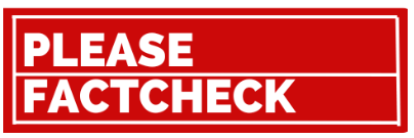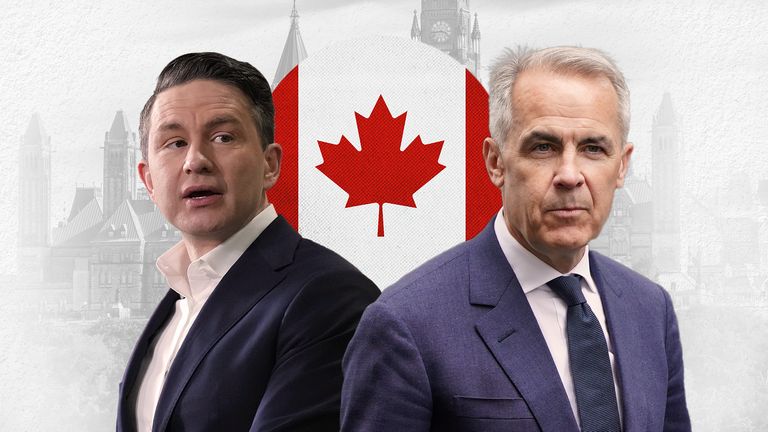Toronto:
Canada is gearing up for a federal election on Monday, April 28, and it’s shaping up to be one of the most talked-about political events north of the border — partly because of unexpected remarks from former U.S. President Donald Trump.
Here’s everything you need to know:
Why Is Canada Having an Election Now?
The next Canadian federal election was originally scheduled for October 2025.
However, after Prime Minister Justin Trudeau resigned in January, Mark Carney — former head of Canada’s central bank — was elected as the new leader of the Liberal Party.
Soon after, Carney called a snap election, meaning Canadians are heading to the polls nearly 18 months early.
What’s Trump Got to Do With It?
During a phone call with Prime Minister Carney in late March, Donald Trump once again raised the idea of making Canada the 51st U.S. state.
Carney later confirmed at a campaign event:
“The president brings this up all the time… This is not news.”
Trump’s comments — along with his ongoing trade tariffs against Canadian goods — have become hot-button issues during the election campaign, stirring patriotic emotions across Canada.
Even in Quebec, a province historically known for its separatist leanings, voters are rallying behind candidates who promise to stand up to Trump.
Who Are the Main Players?
Several parties are competing for power:
- Liberal Party (led by Mark Carney, current Prime Minister)
- Conservative Party (led by Pierre Poilievre)
- New Democratic Party (NDP) (led by Jagmeet Singh)
- Bloc Québécois (focused only on Quebec)
Voters don’t vote directly for a prime minister. Instead, they choose Members of Parliament (MPs), and the leader of the party with the most seats becomes Prime Minister.
Key Election Issues
Besides the controversy over Trump’s remarks, here are the major election topics:
- Trade war with the United States
- Economic stability and tariffs
- National sovereignty and Canadian identity
- Healthcare and affordability
Trump has placed 25% tariffs on several Canadian-made goods, including automobiles, steel, and aluminum, hurting Canada’s economy.
Both Carney and Poilievre are trying to convince voters they are best suited to manage the strained relationship with Washington.
How’s the Race Looking?
According to polling, the Liberal Party holds a narrow lead over the Conservatives, but it’s a tight race.
More than 7 million Canadians have already cast early ballots — a record-breaking number for early voting.
Bottom Line
Canada’s election isn’t just about choosing a new government — it’s about reaffirming Canadian independence at a time of external pressure and internal change.
The world is watching closely to see whether Canadians will stick with Carney’s Liberals or opt for new leadership to navigate uncertain times.


Good content